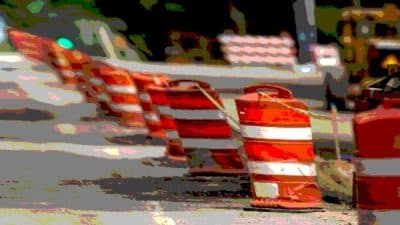
In Virginia, the odds that your vehicle may come into contact with a deer are 1 in 94.
The deer migration and mating season runs from October through December, which causes a dramatic increase in movement of Virginia’s deer population. This results in more collisions during those three months, with the greatest number in November.
In 2016 Virginia Farm Bureau Mutual Insurance Co. customers filed 2,536 deer-related claims. That was out of 100,509 personal, commercial and fleet auto policies. It represents an increase from 2015 when there were 2,335 claims related to deer collisions.
The claims led to more than $7.4 million in losses, with an average loss of $2,921 per claim. There were $6.3 million in losses in 2015.
The claims data matches the October-through-December pattern, with deer-related claims significantly increasing or doubling during those months and the highest number of claims occurring in November. There were 346 collisions with deer in October, 496 in November and 321 in December, totaling 1,163 claims for the final quarter of 2016—almost half of all deer collision claims for the year.
“Drivers should be aware that the deer population in Virginia this time of year is very active,” warned Rick Mattox, vice president of claims for VFBMIC. “Even with safety equipment available on vehicles, these accidents are very costly and can cause serious harm to the driver.”
Drivers should travel slowly and be aware of their surroundings. Mattox suggested keeping your peripheral vision focused on the shoulders of the road for movement that might indicate the presence of deer.
Deer are most likely to be seen at dusk and dawn near tree-lined roadways or areas that transition from open fields to forest or water. Drivers must remember that deer are wild animals and often exhibit unpredictable behavior on or near roadways.
Always slow down if a deer runs across the road in front of you; it’s likely that others are following behind it.
Deer crossing signs are posted to warn drivers that certain stretches of road are commonly populated with deer.
When driving after dark, use high-beam headlights to increase your range of vision. If you see a deer on or near the road, slow down immediately, and do not swerve. Brake firmly, but keep the vehicle headed in a straight line.










